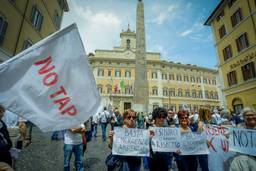Pollution is Displacing Black Midwesterners. White Homeowners are Profiting.
Black people in the Midwest are 33% more likely to receive lung cancer diagnoses than those living in the country’s 38 other states.
Adam Mahoney
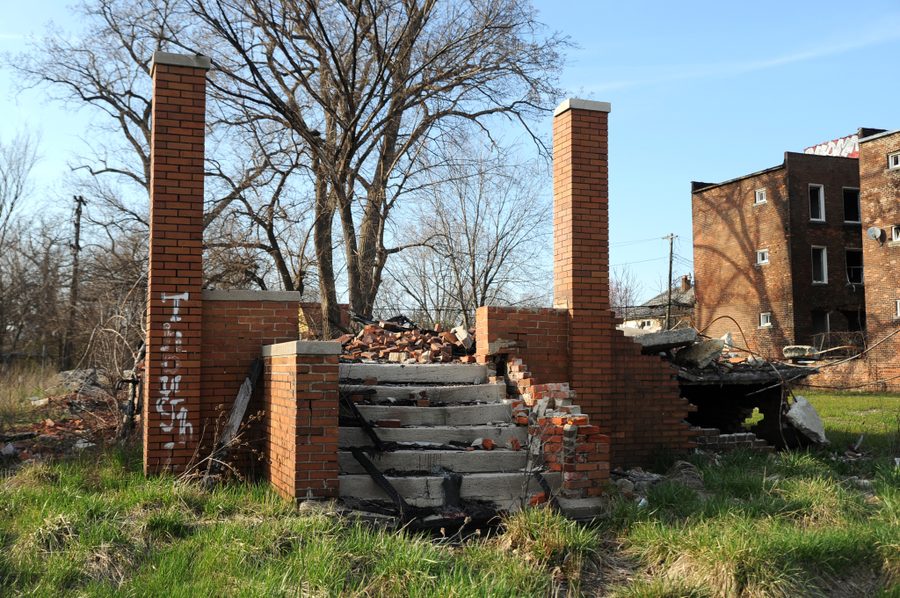
This story was originally published by Capital B and is the fourth installment of a yearlong Capital B series on the country’s current Black migration, the most significant movement of Black people in the United States in 50 years. It was made possible, in part, by a grant from the Environmental and Epistemic Justice Initiative at Wake Forest University.
ENGLEWOOD, CHICAGO — Deborah Payne’s neighborhood of 35 years on Chicago’s South Side no longer exists.
Dirt piles tower where families once gathered for Sunday dinners in single- and multifamily homes. Concrete lots cover backyards where children watched fireworks and caught lightning bugs. Streets that maintained generations of Black Chicago razed and left empty for railway cars.
Today, less than 10 blocks from Payne’s old neighborhood, sits the repercussions of diesel pollution caused by the expansion of a railyard. Over a decade ago, the city, along with railroad giant Norfolk Southern, announced a plan to buy out Payne’s 12-block community of more than 200 households to replace it with the freight yard. In the 95% Black neighborhood, roughly half of residents owned their homes.
At the time, residents organized to halt the takeover, packing one another’s living rooms until no couch seats were left. They lost the fight and hundreds of families were displaced.
Today, the idled rail cars filled with everything from oil to Amazon trinkets, and the big rig trucks that come to and from the railyard, expose remaining residents to more nitrogen dioxide than virtually anywhere else nationwide.
“That’s my story. … It happened to me, happened to my neighborhood,” recalls Payne, who starred in The Area, a documentary about her community’s fight. “But it’s happening all over.”
What’s happening on Payne’s beloved Normal Avenue is anything but normal for many across the United States — yet for too many Black Midwesterners, it’s practically expected.
Payne and others are descended from the thousands of families who migrated to the Midwest from the South during the Great Migration of the early to mid-20th century. Manufacturing and railroad jobs became a lifeline and a pathway to economic stability. But in recent years, these once-industrial hubs have become ground zero for environmental injustices, ruining the quality of life of the workers — and their families — who fueled these industries, all while Black employment in the industries has sharply declined.
The disappearance of Black Chicago isn’t unique. Over the past several decades, according to a 2019 policy analysis of education, economic, environmental and health metrics, the Midwest has developed as the worst region for Black people in America.
Residents in Gary, Indiana; Detroit; Cleveland; and St. Louis are leaving the region in droves. Combined, the five cities’ Black populations have declined by 800,000 since 2000, with 60% of the fall happening since 2010. Reversing the journey of their great-grandparents, thousands have moved to the South, the only region with more Black people migrating in than out since 2000.
In many ways, environmental injustices are driving the exodus to cities like Atlanta, Houston and Dallas, says Asiaha Butler, a housing activist in Payne’s old community. From the air that smells like rotten eggs baking in the summer sun to the toxic metals that cake soil and pack into families’ walls — and the deadly illnesses that follow — the reasons for leaving are piling up.
Today, 10% of residents living in Midwestern states are Black, but Black people make up 30% of the people living in the region’s communities deemed “disadvantaged” by climate change and environmental injustices, according to a Capital B analysis of the White House’s climate and economic justice data tool. They’re also 33% more likely to receive lung cancer diagnoses—the cancer most associated with air pollution exposure—than Black people living in the country’s 38 other states.
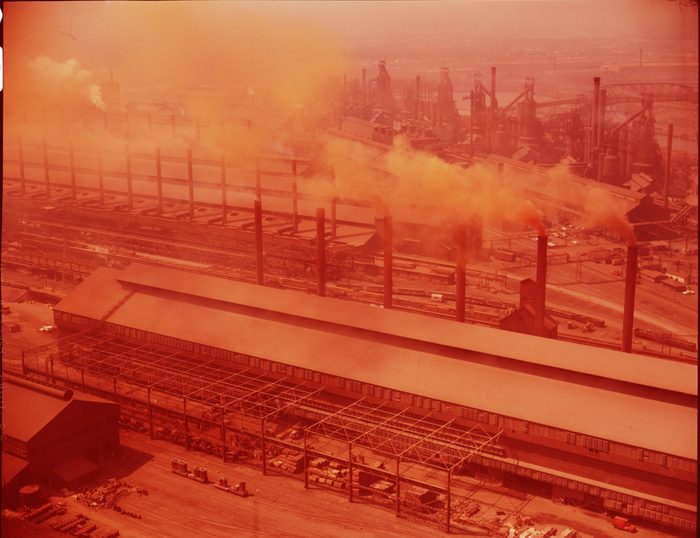
In the absence of jobs, people are left saddled with pollution and without access to the housing that was once within reach. The housing ownership gap between white and Black in the Midwest is now wider than any other region.
In the aftermath, Black Midwesterners and the cultural influence they provided have disappeared as people leave in search of places where it is easier to breathe clean air and find affordable housing and non-toxic jobs.
“When we leave, not only to the suburbs but to Texas, to Atlanta — I know because my family did it — it is because we see that Chicago and these other cities are not here to uphold Black life,” Butler says.
From magic to misery
Sitting 30 miles southeast of Chicago, Christopher Currie’s hometown of Gary, Indiana, was created for industry.
In 1906, the largest corporation in the world, U.S. Steel, founded the city to house the nation’s largest steel plant — Gary Works. Its mucus-colored smoke stacks attracted workers from all over the country.
At a time when worker protections were weak, the industry relied on underpaying and overworking Black laborers to thrive. Tens of thousands of Black people would settle in Gary during the Great Migrations, including, most famously, the Jackson family and also Currie’s grandparents, who hailed from Alabama, Georgia, Mississippi and Oklahoma.
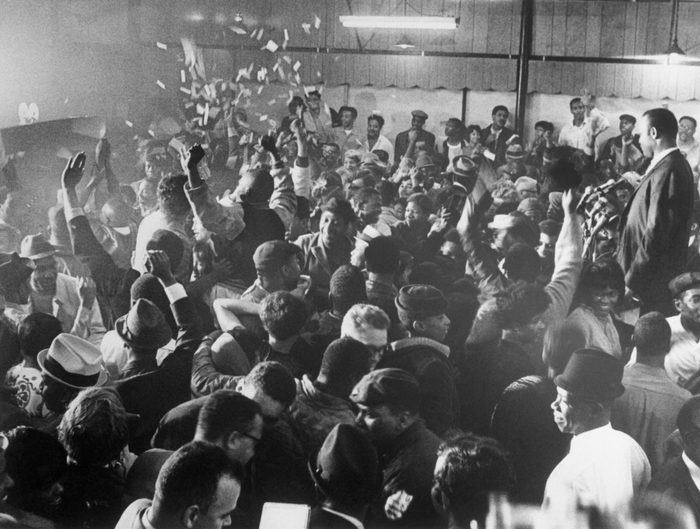
By 1930, Black people made up 18% of the city. In 1970, it was 53%. But within a year of the city becoming majority-Black, mass layoffs came.
By the time Currie played in Gary’s soil as a child in the late 1970s, the town once known as “Magic City” had received a new nickname: “The Most Miserable City in the U.S.”
“The steel mill is where both my paternal grandfather and my dad worked for most of their adult lives,” he says, “but by the time I was coming of age, it was clear that we as kids needed to be looking elsewhere for work.”
While the steel industry propped up Gary as a mecca known for its state-of-the-art architecture and bustling economy, it buried future generations of its Black employees.
It hampered racial relations: White workers viewed Black employees as the cause of the industry’s below-par pay, working conditions and eventual decline.
It worsened health outcomes: By the 1990s, lead poisoning was widespread but healthcare wasn’t. Today, Gary is in the bottom 10% nationally for access to healthcare.
It made the land unlivable: Gary still leads the nation in the amount of toxic industrial emissions per square mile and is now more vulnerable to climate change than 99% of the country — resulting from a century of dumping millions of tons of toxins into the air and water.
And then, it pulled the rug: There were no more jobs. By then, Gary’s white residents were long gone and so was the need for investment.
It happened, and remains happening, to Black residents in cities like Milwaukee and Toledo, Ohio.
As a young adult, Currie could no longer sit and watch his neighbors dive into poverty or succumb to disproportionate health ailments. So, he migrated like the generations before him.
“Folks were telling me that there’ll be a lot more job opportunities and that life would be more livable for me in Detroit as opposed to Gary,” he says.
Demolitions and the “mark of gentrification”
In 1992, Currie moved to Detroit — the same year Tiara Dawson was born. Today, they both live in Texas—Currie in Dallas, Dawson in Houston — pushed out of Detroit by pollution and poverty.
Currie quickly learned that in his attempt to escape the downsizing of the steel industry in Gary, he found himself in the center of the auto industry’s shrinkage.
He began noticing the major gaps left by the industry. Hiring slowed down, and small businesses’ exodus left a void in resources. Eventually, it spread across all facets of life.
“Whole patches of neighborhoods were underemployed; houses became decrepit and abandoned. You saw it in the children, too,” he says, referring to Detroit’s position as the asthma capital of America due to its heavy concentration of toxic sites.
Without the auto industry, Currie struggled to find employment, bouncing between jobs before graduating from college in 2005. Still, nothing stuck. He worked for the city government for 12 years before being laid off.
So at 49, he left in search of stability once again.
His grandparents went to Gary because of its growing Black population. For the same reason, last year, he settled in Dallas, one of the 10 fastest-growing cities for Black people.
Dawson grew up during the height of the disinvestment that Currie experienced as a young adult. She watched wrecking balls take out entire neighborhoods as Detroit’s childhood poverty rate ballooned to 50%.
Detroit is far from an anomaly; hundreds of thousands of properties have been toppled in cities like Chicago, Cleveland and St. Louis. The practice of widespread demolitions has not only limited the housing stock and worsened housing access but has also increased environmental injustices.
From St. Louis to Detroit, city contractors tasked with demolitions rarely follow health procedures, allowing dust particles from lead-filled homes to cake neighboring properties. Detroit’s ZIP codes where the most demolitions happen are also those with the highest lead poisoning rates.
Dawson is in nursing school in Houston, partially inspired to be on the front lines of treating the poor health outcomes she witnessed.
Cities hoped that razing neighborhoods would allow them to be reborn again. In Detroit, the city’s most prominent revitalization attempt—a major reinvestment in the auto industry—has damaged another Black neighborhood and left remaining residents’ homes dusted with yellow, paste-like air pollution.
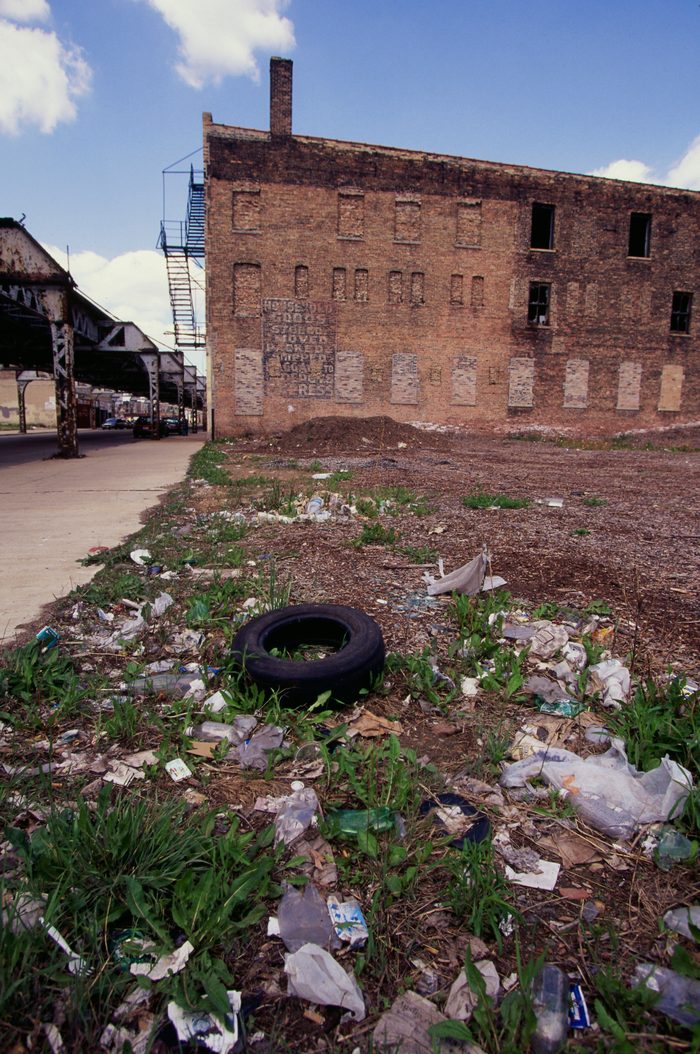
The region’s reemerging white population has reaped the most benefits, Dawson says. Before she left Detroit in 2019, she noticed how new white residents didn’t face the same hurdles as they scooped up foreclosed houses and abandoned properties.
“When you see white people jogging down your street, that’s the mark of gentrification,” she says.
In 2010, 95,000 more Black people lived in the Midwest’s five largest cities than white people. Today, there are 105,000 more white residents than Black ones.
“Areas are up-and-coming, but for who is the question,” says Dawson.
‘Blackness is still the thread of these cities’
Juke music rang out as Butler’s family gathered for her and her husband’s going-away party in 2008. The Chicago natives were packed and ready to leave for Atlanta. They had given their city love but didn’t feel any in return.
Like Payne, they saw homes around them disappear, schools and hospitals close and community violence intensify. They watched roughly a dozen family members pack up and head South, reversing Butler’s grandparents’ journey to Chicago after World War II.
They warmed at the thought of being free from eight months of snow, made even worse by the area’s growing warehousing hub, which is directly connected to the factors that erased Payne’s community.
Since 2001, transportation and warehousing jobs have increased by as much as 420% across the metropolitan area, bringing thousands more diesel trucks down their streets annually. Last year, Chicago led the nation in new warehouse leases.
As a result, Butler’s community is exposed to more diesel pollution than 94% of the nation.
Studies show that temperatures below 60 degrees can double the pollution emitted by such trucks. In Chicago, the average temperature is typically below 60 from October until June.
Despite all that, Butler never ended up leaving the Windy City.
“We have to do more,” she remembers telling her husband one night before they moved. The slight embarrassment of declaring their departure has been dramatically overshadowed by the impact of her organization, the Resident Association of Greater Englewood.
In the 15 years since, RAGE has fought to retain Black life, partnering with other community groups, banks and the city government to host workshops and rallies calling for reinvestment, access to new and safe housing and jobs.
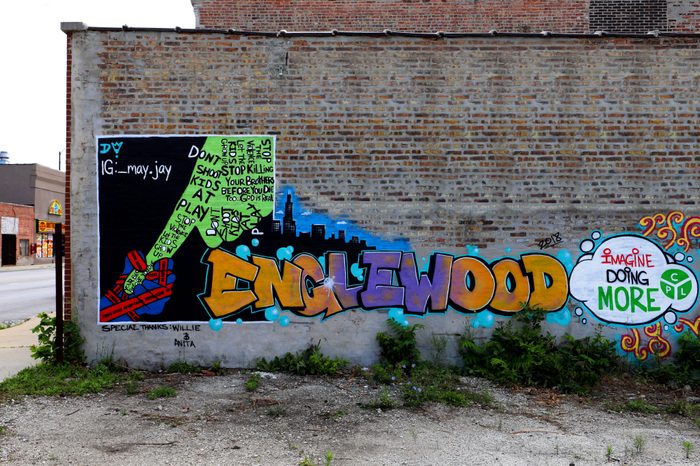
RAGE’s work depends on remembering the injection of life that Black culture has offered the region, from Chicago’s South Center Department Store, once the nation’s largest Black-owned department store, to Joe’s Record Shop in Detroit, owned by the first Black independent record producer.
In 1960, Joe’s was demolished with the rest of a Black entertainment district to make way for a freeway.
She thinks of the erasure of Black Midwesterners’ cultural hitting power daily; RAGE’s office is located on the block where Chief Keef—the father of drill music, one of today’s most popular subsets of hip-hop—recorded his early music videos in a now-abandoned building.
“The Midwest is still very rich in culture,” she asserts. “Blackness is still the thread of these cities.”
This year, RAGE instituted their “Blacklining grant” to reverse the dulling effects of redlining, helping 10 Black families put down payments on their homes.
RAGE wants to continue advocating for a Black resurgence across the Rust Belt, but they’re acutely aware that if the housing and environmental crises remain, Blackness won’t.
“What we knew as Black Chicago is slipping away.”
Adam Mahoney is the climate and environment reporter at Capital B who has reported from more than a dozen U.S. states, Palestine, Mexico, Uganda and Vietnam.





